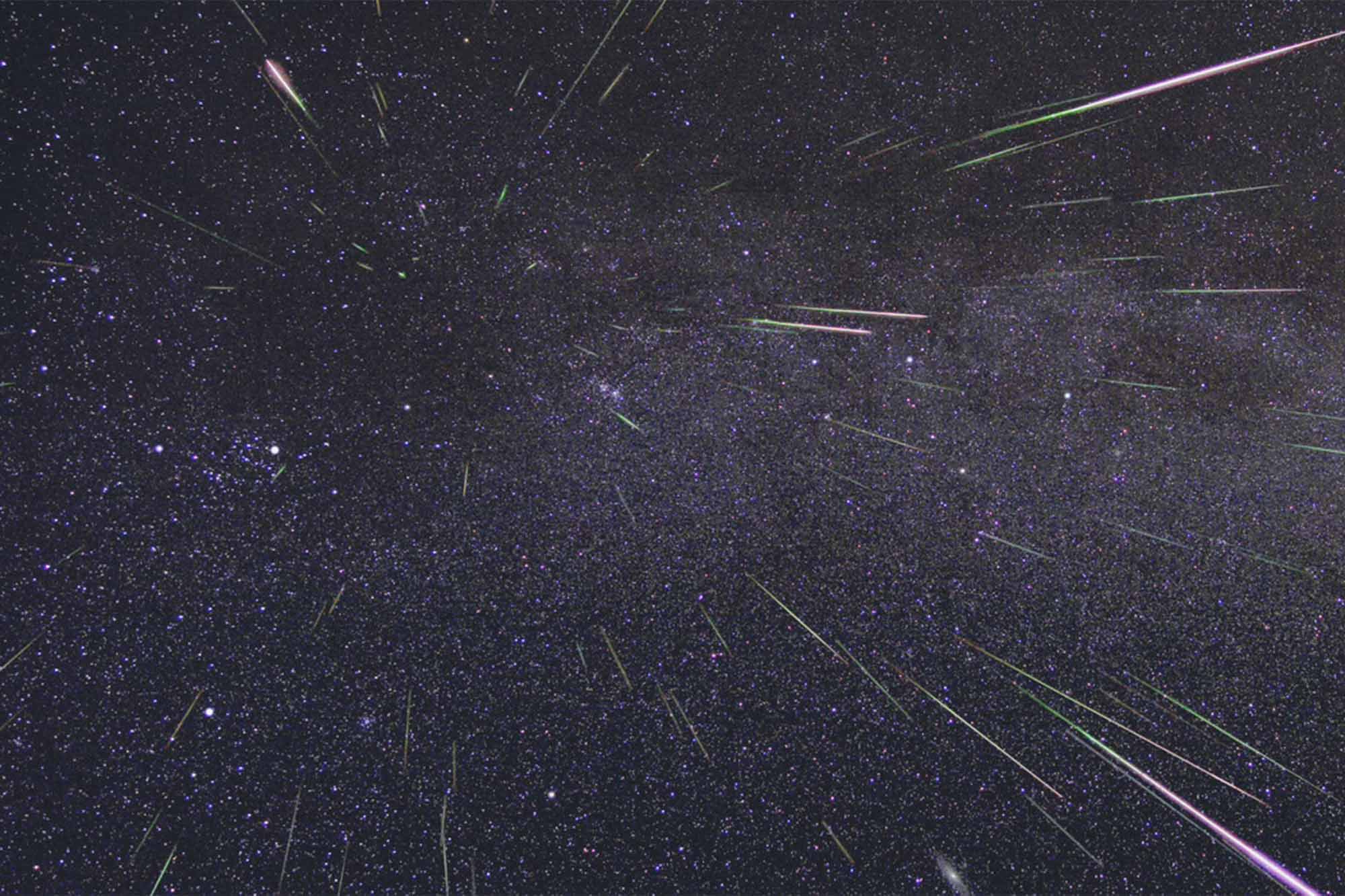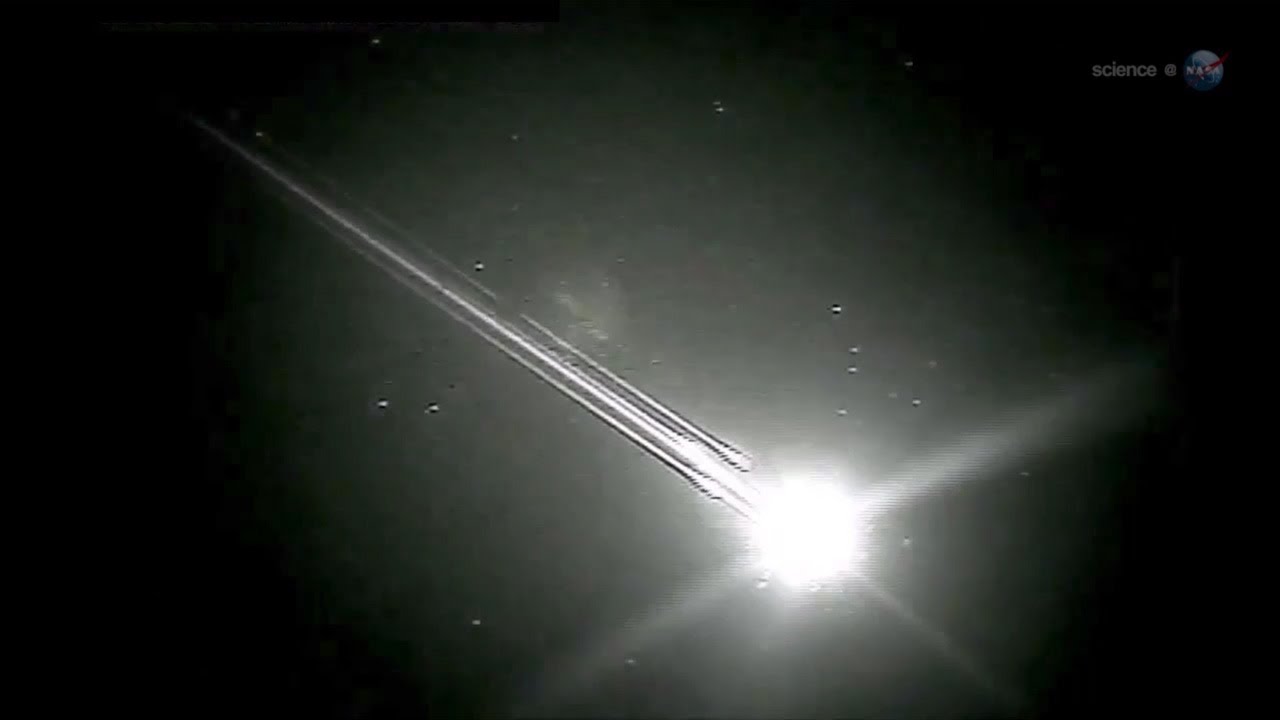The Perseid Meteor Shower Will Light Up The Night Sky Next Week With 100 Meteors Per Hour
Prepare to gaze at the night's sky as the Perseid meteor shower will light up the night sky next week with 100 meteors per hour. According to NASA, the Perseids are one of the most abundant meteor showers, and we can expect to witness up to 100 meteors per hour hurtling at a speed of 59.5 km per second (approximately 133,000 mph) from Saturday, August 12, extending into the early hours of Sunday, August 13.
Author:Daniel JamesReviewer:Karan EmeryAug 03, 202313.6K Shares290.7K Views

Prepare to gaze at the night sky as the Perseid meteor shower will light up the night sky next week with 100 meteors per hour.According to NASA, the Perseids are one of the most abundant meteor showers, and we can expect to witness up to 100 meteors per hour hurtling at a speed of 59.5 km per second (approximately 133,000 mph) from Saturday, August 12, extending into the early hours of Sunday, August 13.
These dazzling streaks will be at their peak between 10:30 pm and 4:30 am in your local time zone. The moon will be in its waning crescent phase during these hours, allowing the full effect of this spectacular shower to shine without interference from moonlight.
The spectacular Perseid meteor shower originates from the remnants of the massive 16-mile-wide Comet 109/P Swift-Tuttle, which last approached Earth in 1992. Every August, as Earth orbits the sun, we pass through the debris left behind by the Swift-Tuttle comet during its 133-year-long journey through our solar system.
Bill Cooke, head of NASA's Meteoroid Environment Office, explains that Comet Swift-Tuttle's substantial size results in a significant number of meteoroids, some of which are large enough to produce breathtaking fireballs. To maximize your chances of catching these fireballs, Cooke suggests finding a dark location away from city lights or any light pollution.

ScienceCasts: Perseid Fireballs
Although fireballs may be visible from urban areas, the countryside offers a much better view of the abundant but fainter Perseid meteors. Often referred to as 'The Tears of St. Lawrence,' the Perseid meteor shower coincides with the Feast of St. Lawrence on August 10 each year.
According to NASA's predictions, this year's Perseid meteor rate from a dark rural site could reach an impressive 100 shooting stars per hour. As with previous Perseid events, the meteor rate will start off low but increase as the night progresses. The peak usually occurs just before sunrise when the northern constellation Perseus, from which the meteor shower gets its name, reaches its highest point in the night sky.
The breathtaking Perseid meteoroids, which were left in Earth's path by Comet Swift-Tuttle, will race through the atmosphere at a stunning speed of 132,000 mph (about 37 miles per second), creating brilliant flames due to the heat generated from their friction with the air.
Cooke describes them as the leading producer of fireballs among all meteor showers. Despite their impressive display, there's no need to worry about any threat to human observers or life below, as these objects almost always disintegrate in our atmosphere before reaching the planet's surface.
Observers on the west coast of North America and the eastern Pacific Ocean will have a particularly advantageous position to witness this year's Perseid meteor shower, as stated by the UK's Royal Astronomical Society. Unlike many other astronomical events, meteor showers are best enjoyed with the naked eye, and no special equipment is required to witness these luminous celestial bodies.
In case of local cloud cover on August 12, fear not, as the Perseids will continue on subsequent nights, albeit with diminishing brilliance as Earth departs from the Swift-Tuttle debris field.
After the Perseids, the next significant meteor shower in the year will be the Draconids in October, though it tends to be less active compared to the Perseids. The Geminid meteor shower is the only one that rivals the Perseids, according to Cooke at NASA. However, the Geminids occur in the dead of winter, which can be uncomfortably cold for stargazing.
Conclusion
Cooke highly recommends the Perseids as the meteor shower to watch this year. He advises simply lying back with your eyes and taking in the sky to witness the magnificent Perseids darting across the heavens.
Jump to

Daniel James
Author
Daniel James is a distinguished gerontologist, author, and professional coach known for his expertise in health and aging.
With degrees from Georgia Tech and UCLA, including a diploma in gerontology from the University of Boston, Daniel brings over 15 years of experience to his work.
His credentials also include a Professional Coaching Certification, enhancing his credibility in personal development and well-being.
In his free time, Daniel is an avid runner and tennis player, passionate about fitness, wellness, and staying active.
His commitment to improving lives through health education and coaching reflects his passion and dedication in both professional and personal endeavors.

Karan Emery
Reviewer
Karan Emery, an accomplished researcher and leader in health sciences, biotechnology, and pharmaceuticals, brings over two decades of experience to the table. Holding a Ph.D. in Pharmaceutical Sciences from Stanford University, Karan's credentials underscore her authority in the field.
With a track record of groundbreaking research and numerous peer-reviewed publications in prestigious journals, Karan's expertise is widely recognized in the scientific community.
Her writing style is characterized by its clarity and meticulous attention to detail, making complex scientific concepts accessible to a broad audience. Apart from her professional endeavors, Karan enjoys cooking, learning about different cultures and languages, watching documentaries, and visiting historical landmarks.
Committed to advancing knowledge and improving health outcomes, Karan Emery continues to make significant contributions to the fields of health, biotechnology, and pharmaceuticals.
Latest Articles
Popular Articles